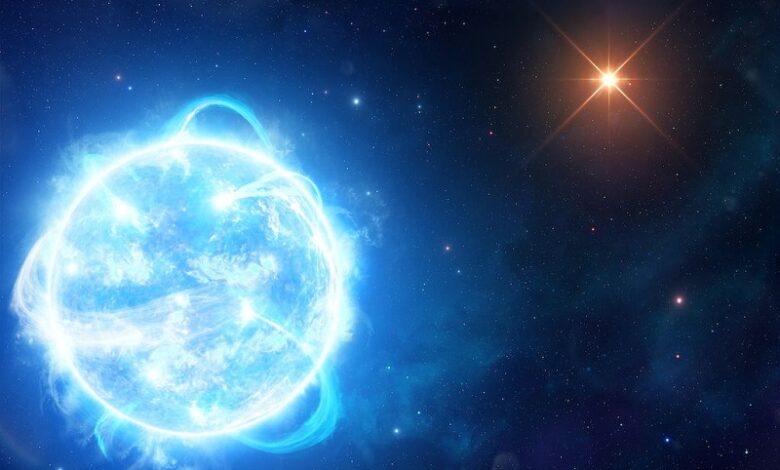Stars In The Sky Are Fading And Disappearing

According to a recent study, as more light pollution fills the night sky, the stars above us are becoming fainter. Researchers have discovered this after studying data from more than 50,000 amateur astronomers. The phenomena brought on by the constant nightly glare of electric lights look to be intensifying.
Researchers discovered that between 2011 and 2022, fewer visible stars were observed at the observation sites, which was consistent with an annual increase in nighttime sky brightness of 7 to 10%. This was higher than what satellite data had previously indicated.
According to research presented in the journal Science, artificial light is responsible for a 10% annual rise in the background sky, which obscures the brightest stars in the night sky.
According to a 2017 study based on satellite observations, the brightness and size of Earth’s artificially lighted outdoor surface at night were increasing by roughly 2% annually. Concerns regarding the ecological effects of light pollution on people and animals have been highlighted. According to research, light pollution, for instance, poses a hazard to fireflies, which use specialized light-emitting organs and flashes to communicate during mating and reproduction.
“The yearly change of 10% is far larger than I anticipated — something you’ll notice clearly in your lifetime,” according to Christopher Kyba, a physicist at the German Research Centre for Geosciences in Potsdam and a study co-author. Kyba and his associates used the following example: When there are 250 stars visible on a clear night, a child is born. Only 100 stars are still visible when that child reaches the age of 18 years.
Similar methods were used to gather study data from amateur astronomers participating in the charity Globe at Night project. Volunteers search for the constellation Orion, keeping in mind the three stars that make up his belt and compare what they see in the night sky to a succession of charts that display an expanding number of nearby stars.
According to the experts, there is still room for improvement in the way that lighting is directed, distributed, and utilized.
News Mania Desk






